Stories and News
We offer an array of content to explore, including these stories from around the country sharing trusted practices found in indigenous cultures, in modern universities, in long experiences on a particular property, and in innovation by first-generation farmers.
The Latest
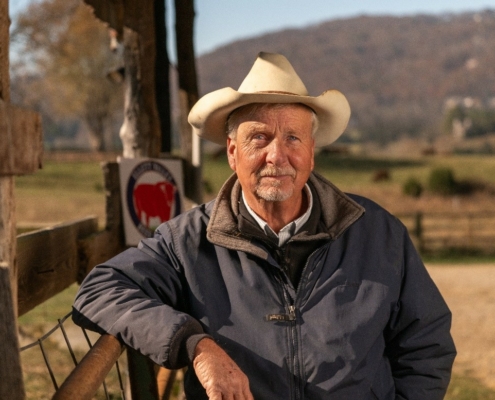
New Publications Showcase Success Stories of Regenerative Grazing in the South
Regenerative grazing that builds soil health and improves water infiltration and storage holds great promise for livestock producers coping with unpredictable climatic conditions, but it has been slow to catch on in the southern United States.
In…
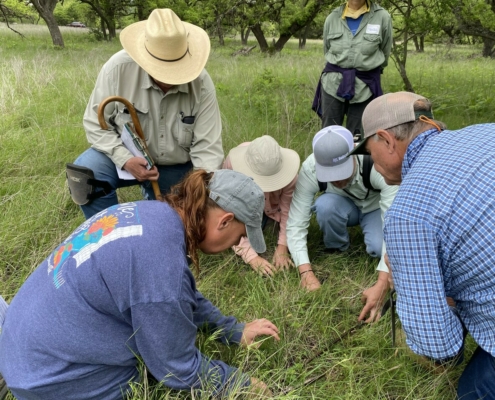
Regenerative Grazing in the South: Changing Attitudes and Gaining Ground
By Mike Morris, NCAT Agriculture Specialist
“When I was in college, I was taught that you fed hay and grain, and the pasture was just something you put the animals out on to look pretty, or just to get a little bit of supplement. I had to…
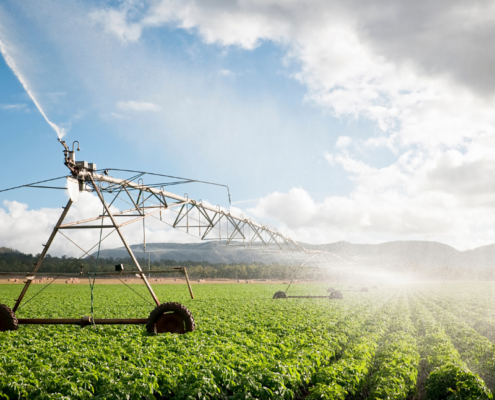 Canva Pro
Canva ProSoil for Water Video Case Studies
In this video, Eric Benfeldt, an Extension Specialist with Virginia Cooperative Extension, introduces the Soil for Water Video Case Studies series.
The purpose of this systems research project led by National Center for Appropriate Technology (NCAT)…
Regenerative Journeys
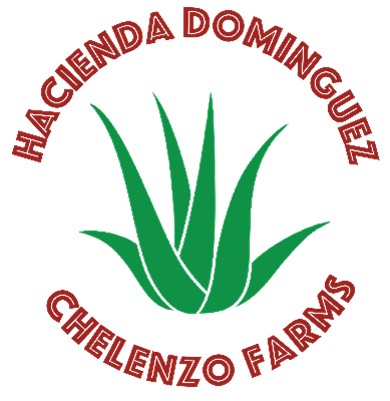
Chelenzo Farms: A High Mountain Desert Oasis
By Darron Gaus
Chelenzo Farms began from the unique relocation of a physician and a writer from New York during the height of the pandemic. Health concerns and a need for a cleaner lifestyle motivated Chelsea Hollander and Lorenzo Dominguez…
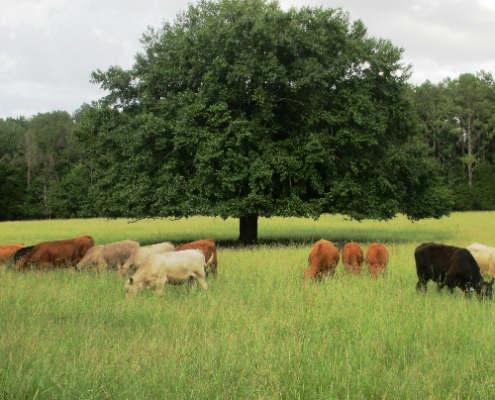
High Hope Farm: Regenerative Agriculture in Action
Keeping the ground covered year-round also keeps the soil's temperature noticeably cooler during hot Mississippi summers. These are all indications of a healthy soil sponge that captures, holds, and uses water more efficiently.

A Conversation with Guille Yearwood
“When you graze a pasture continuously, you have no idea how much grass you have because its continually disappearing.” After Guille switched to rotational grazing, his paddocks would look like a hayfield four weeks after grazing. This, in his words, “is totally different and totally better.”
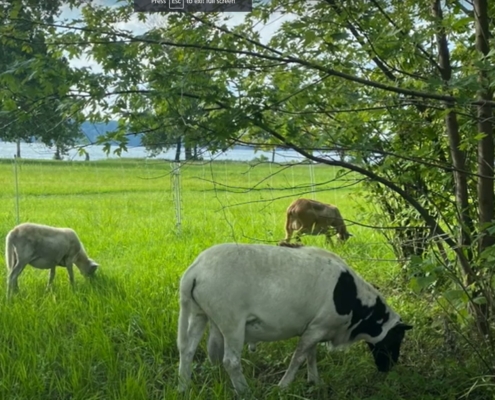
Sopping Stories from Waterline Farm
The Bell’s goal with Waterline Farm is to become a homestead demonstration site practicing regenerative agriculture with an emphasis on ecological stewardship. Their operation has seen its fair share of challenges, but the Bell family has turned them into opportunities.
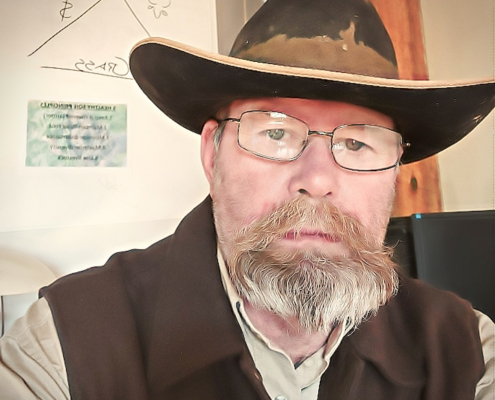
Reflections from a Shortgrass Prairie
Erik Tucker has been ranching in Southeast Colorado since his early 20s, and although he didn’t grow up on a ranch, he has long felt that the old way of ranching just wasn’t working. He likes to observe the sunshine, rain, and natural…
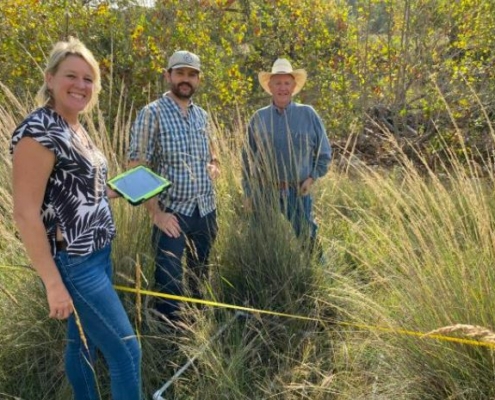
YMCA Roberts Ranch: Providing a sustainable natural Hill Country Area for the education and enjoyment of all
Roberts Ranch was donated to the YMCA by Bob Roberts of Comfort, TX in the 1990's. Since then it has served as a place where families and children can gather to explore the outdoors in a beautiful Hill Country setting. The pristine habitat,…
